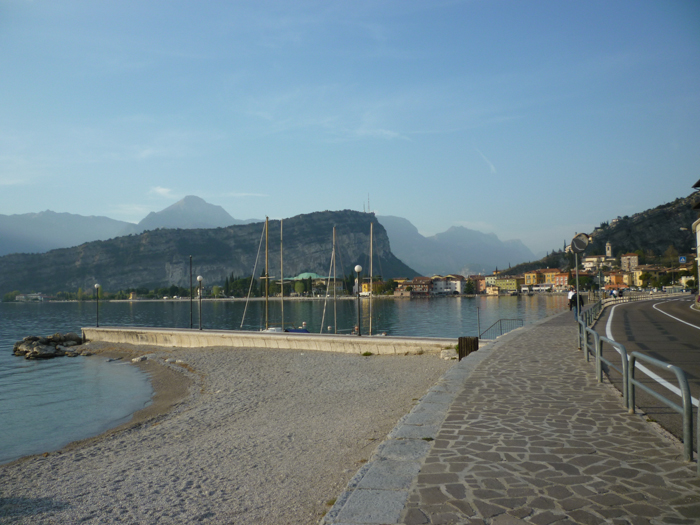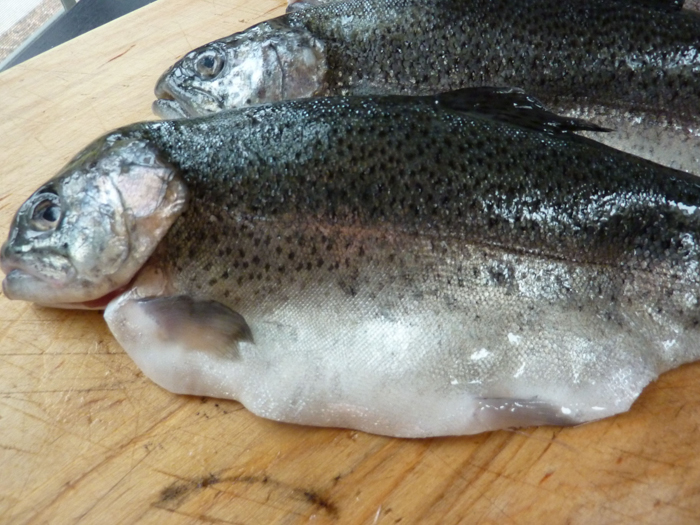The freshwater lakes of Trentino and Friuli-Venezia Giulia abound with many varieties of trout. The northern provinces of Friuli not only produce more trout than any other region of Italy, they also consume more of it than any other region. In Friuli, trout is found in both the rivers and in lakes near San Daniele and Venzone. In Trentino, there are approximately 70 trout farms along the Avisio, Brenta, Chiese and Sarca rivers. The first trout farm was established in Val Rendena in 1902, and the introduction of rainbow trout occurred even earlier.

The Trentino Trout Farmers Association unites fifty or so trout farmers who are dedicated to continual improvement of breeding techniques and developing the highest quality product. These farmers produce not only the adult fish for consumption, but trout eggs for breeding purposes, which requires special conditions on the farm and an all natural diet. This association, known as ASTRO, also handles selling and distributing the Trentino trout to specialized shops in Northern Italy, Austria and Germany. A major objective of this association is achieve the ‘certification’ of trout farming in Trentino, so that Trentino trout will be included under the Trentino products trademark now being established.
There are several different trout species found in these regions; most common these days are rainbow trout, which were actually imported from North America. Also present are lake trout, brook trout, and the marbled trout.

For centuries, trout, salmon and herring have been smoked in order to preserve them. Today, the area around San Daniele in Friuli-Venezia Giulia has become known for its high quality smoked fish products, which are now being exported. The producers of these high quality smoked products use the extremely fresh fish available from their local lakes in conjunction with traditional smoking techniques to obtain the highest quality products.
Small fish are usually smoked whole, while larger fish are filleted. Prior to smoking, the fish are dry salted with a combination of coarse salt and sometimes herbs. This both flavors the fish, as well as dehydrates it, which preserves it. In more industrial methods, the dry salting is replaced by salt injection.
Current larger producers have adopted time newer time-saving smoking techniques. Some use a liquid smoke, which is injected or rubbed on the fish to deliver a smoky flavor. Others use a electrostatic method, in which static liquid particles of smoke are attracted to the food, adhering to it. Both methods can result in excessive amounts of hydrocarbons being deposited on the fish, resulting in an unpleasant smell or taste.
In the traditional method used by the artisanal producers in Friuli-Venezia Giulia, the fish can be either hot or cold smoked. This is performed in a smoke house, or room, and the smoke is produced by the flameless combustion of wood chips, or sometimes white flour. In the hot smoking method, the fish is smoked at 70°/80°C, so it is cooked as well as smoked. For cold smoking, the smoke is only 27° or less, so the fish is not cooked. Due to the lower temperatures, the cold smoking takes much longer. In both cases, a precise combination of wood types, herbs and berries that are used to create the smoke deliver a unique flavor profile to the final product, a secret each producer holds close.


